Lucky bamboo, with its elegant stalks and promise of good fortune, is a popular houseplant beloved for its low-maintenance nature. However, while it thrives in water, the quality of that water is paramount to its health and longevity. Understanding the relationship between lucky bamboo and water quality is crucial for ensuring your plant remains vibrant and brings you the desired luck.
Why Water Quality Matters for Lucky Bamboo

Unlike plants rooted in soil, lucky bamboo grown in water relies solely on that water for its nutrient uptake. This makes it exceptionally sensitive to impurities and imbalances. Poor water quality can lead to a host of problems, including:
- Yellowing Leaves: A common sign of stress, yellowing leaves can indicate an imbalance in pH or the presence of harmful chemicals.
- Root Rot: Stagnant or contaminated water can foster bacterial and fungal growth, leading to root rot and ultimately killing the plant.
- Algae Growth: Excess nutrients or poor circulation can encourage algae growth, which not only looks unsightly but also competes with the bamboo for resources.
- Stunted Growth: Impurities in the water can impede the plant's ability to absorb essential nutrients, resulting in slow or stunted growth.
Also Read- Winter Care For Lucky Bamboo: Keeping Your Plant Healthy In Cold Months
Understanding Water Types and Their Impact

Several water types are commonly used for lucky bamboo, each with its own advantages and disadvantages:
1. Tap Water:
This is the most readily available option, but it often contains chlorine, fluoride, and other chemicals that can harm lucky bamboo.
If using tap water, it's best to let it sit out for 24 hours to allow chlorine to evaporate.
In areas with hard water, the high mineral content can also be problematic.
2. Distilled Water:
Distilled water is purified, making it free from minerals and chemicals.
While this sounds ideal, it's important to note that distilled water lacks essential nutrients. Therefore, occasional fertilization is necessary.
3. Filtered Water:
Filtered water, whether from a pitcher or a faucet filter, can remove many harmful impurities.
This is often a good compromise between tap water and distilled water.
4. Rainwater:
Rainwater can be an excellent natural source of water, but it's important to ensure it's collected from a clean source and is free from pollutants.
5. Bottled water:
Many kinds of bottled water contain minerals that are fine for humans, but not fine for the bamboo. Always read the label before use.
Essential Water Quality Practices

To ensure your lucky bamboo thrives, follow these essential water quality practices:
- Regular Water Changes: Replace the water in your lucky bamboo's container every 7-10 days, or more frequently during hot weather. This prevents stagnation and the buildup of harmful substances.
- Clean Container: Regularly clean the container to remove algae and debris. Use warm, soapy water and rinse thoroughly.
- Water Temperature: Use room-temperature water. Avoid using very cold or very hot water, as this can shock the plant.
- Maintain Proper Water Level: Ensure the roots are always submerged in water. However, avoid overfilling the container, as this can lead to oxygen deprivation.
- Supplement Nutrients: If using distilled or highly filtered water, consider adding a diluted liquid fertilizer designed for hydroponic plants. Follow the instructions carefully to avoid over-fertilizing.
- Ph level awareness: Although most tap water is relatively neutral, lucky bamboo plants prefer a near neutral PH. If you are noticing repeated problems with your plant, a home ph test may be useful.
Also Read- Bamboo Plants For Small Spaces: Maximizing Greenery In Apartments
Recognizing Signs of Water Quality Issues
Pay close attention to your lucky bamboo for signs of water quality issues:
- Yellowing or browning leaves.
- Soft, mushy roots.
- Unpleasant odor from the water.
- Excessive algae growth.
If you notice any of these signs, take immediate action to address the problem by changing the water and cleaning the container.
By understanding the importance of water quality and implementing these practices, you can create an optimal environment for your lucky bamboo, allowing it to flourish and bring you the good fortune it symbolizes.


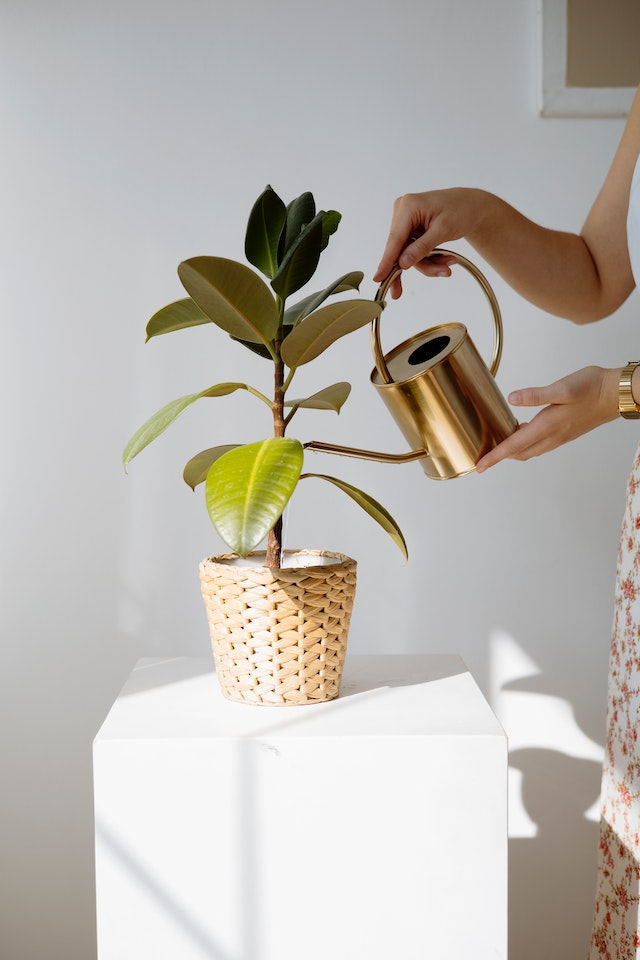
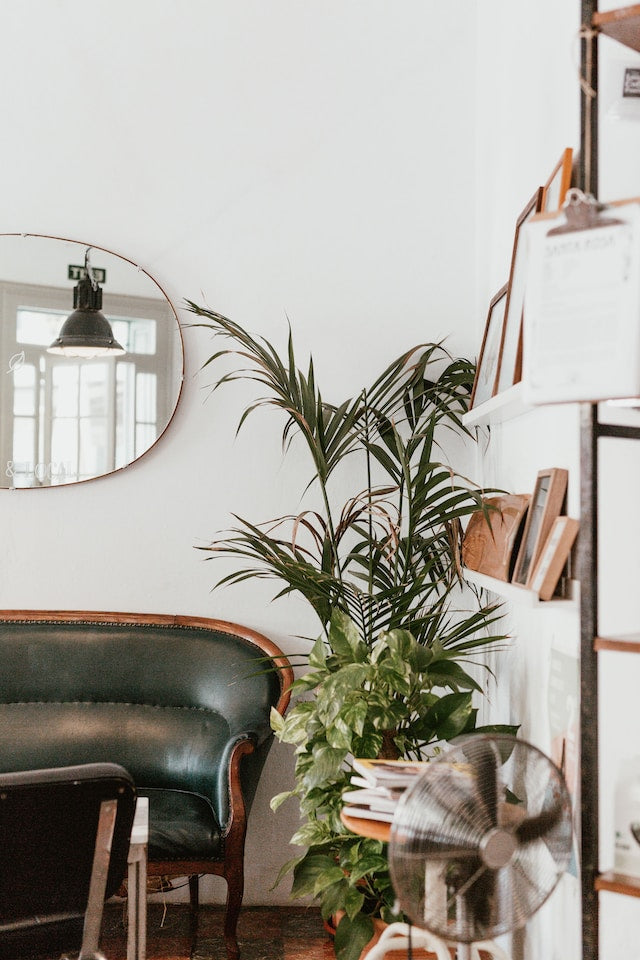
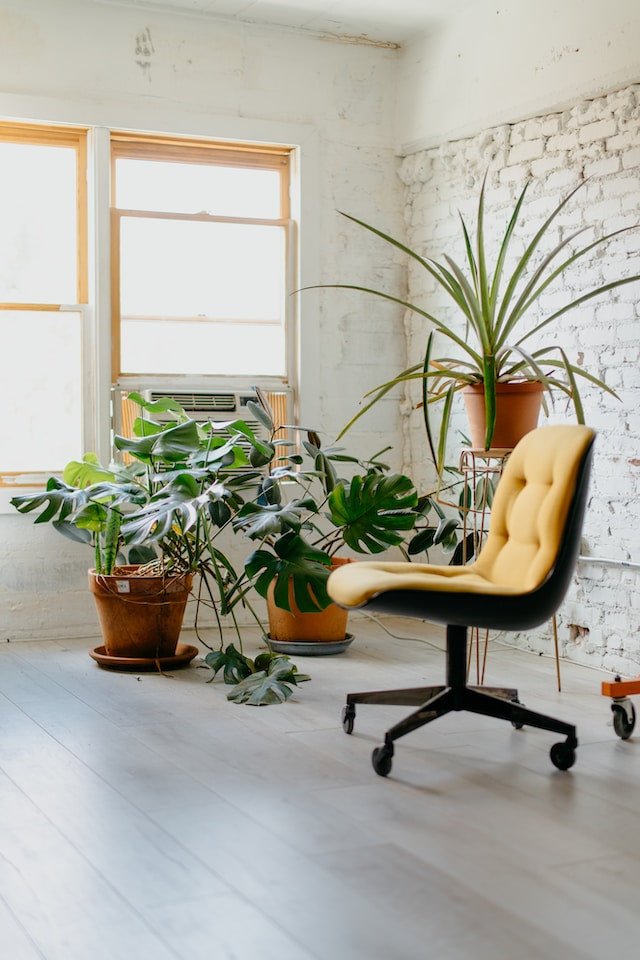
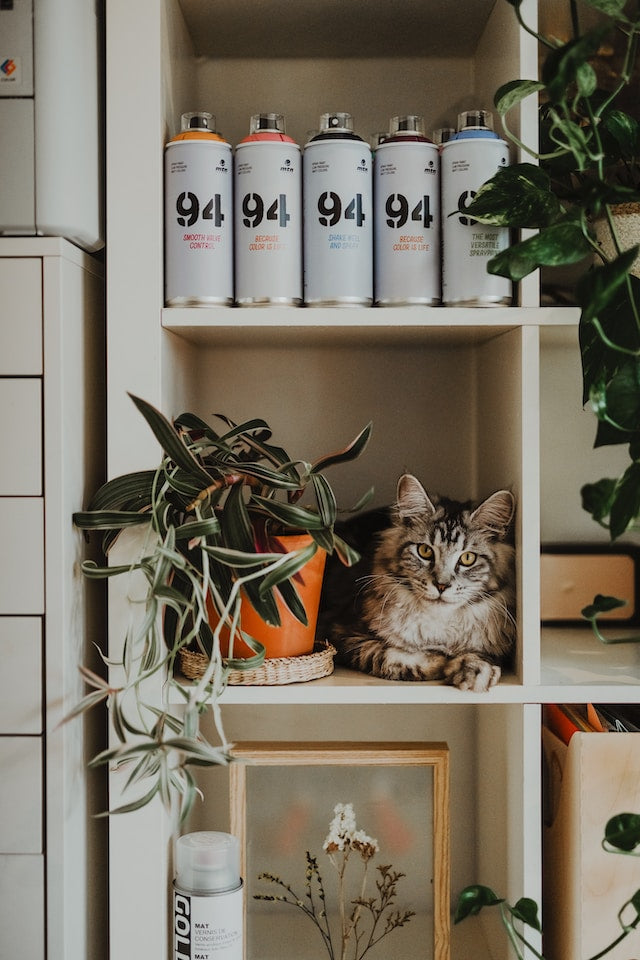

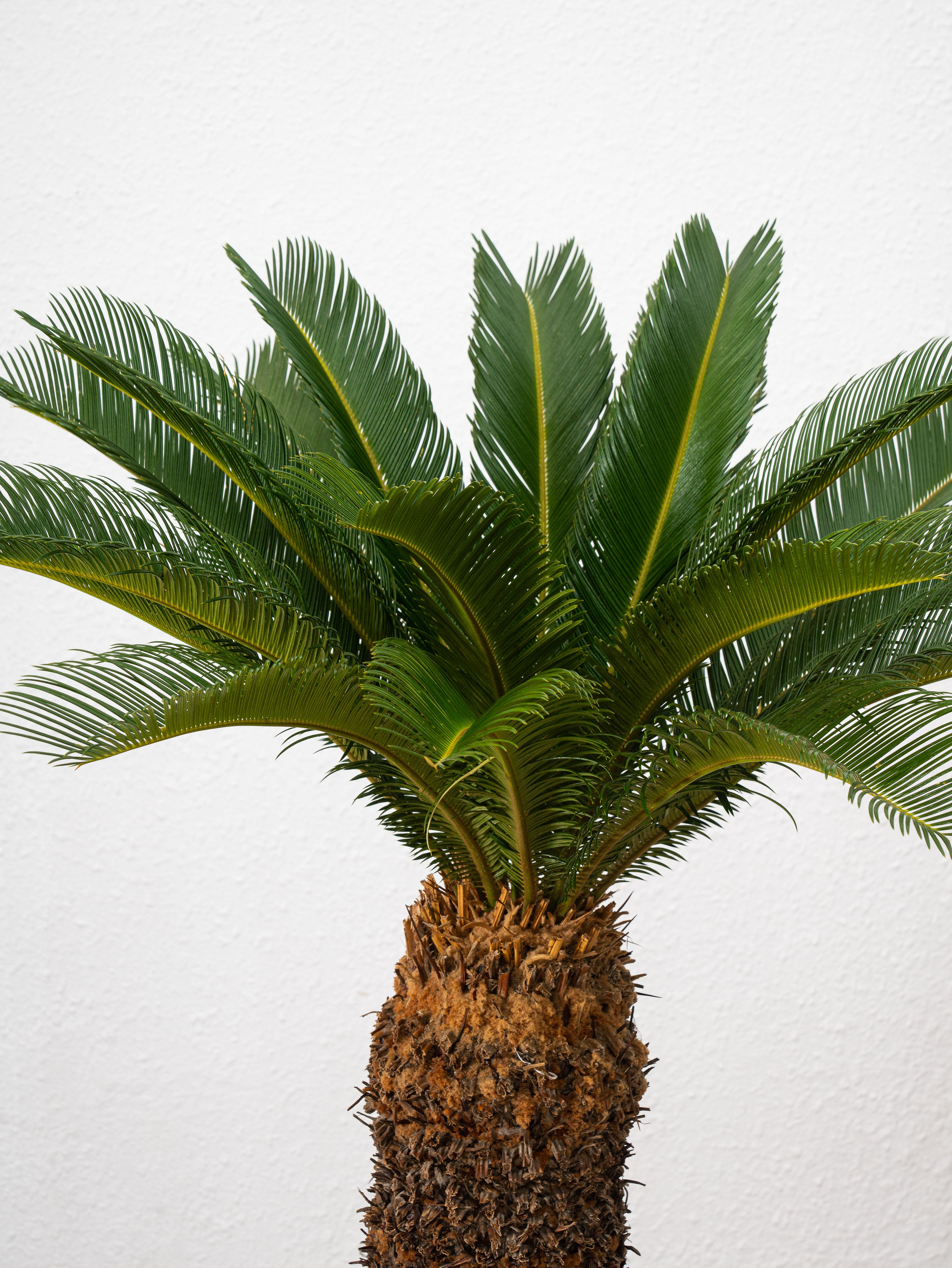
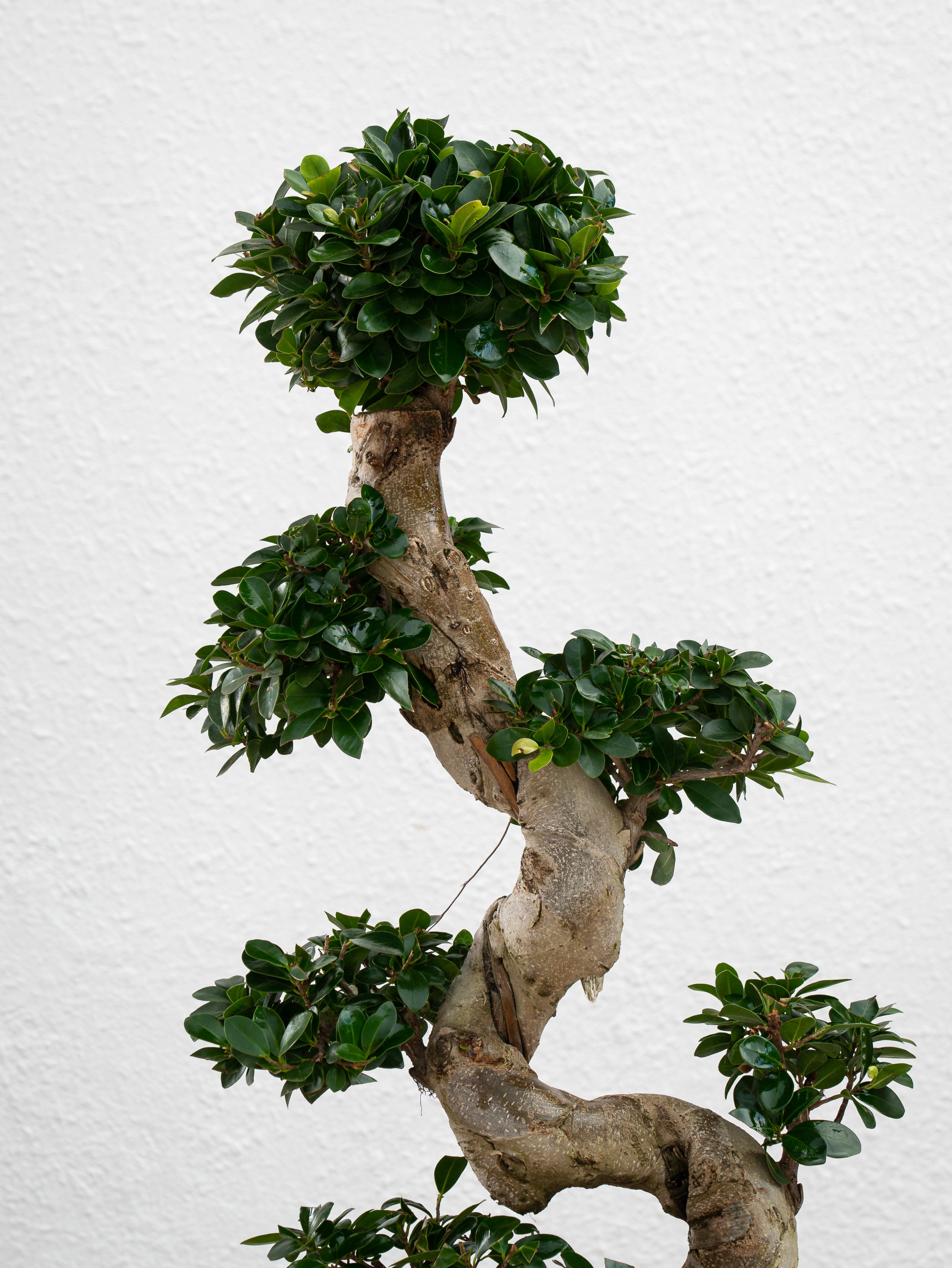

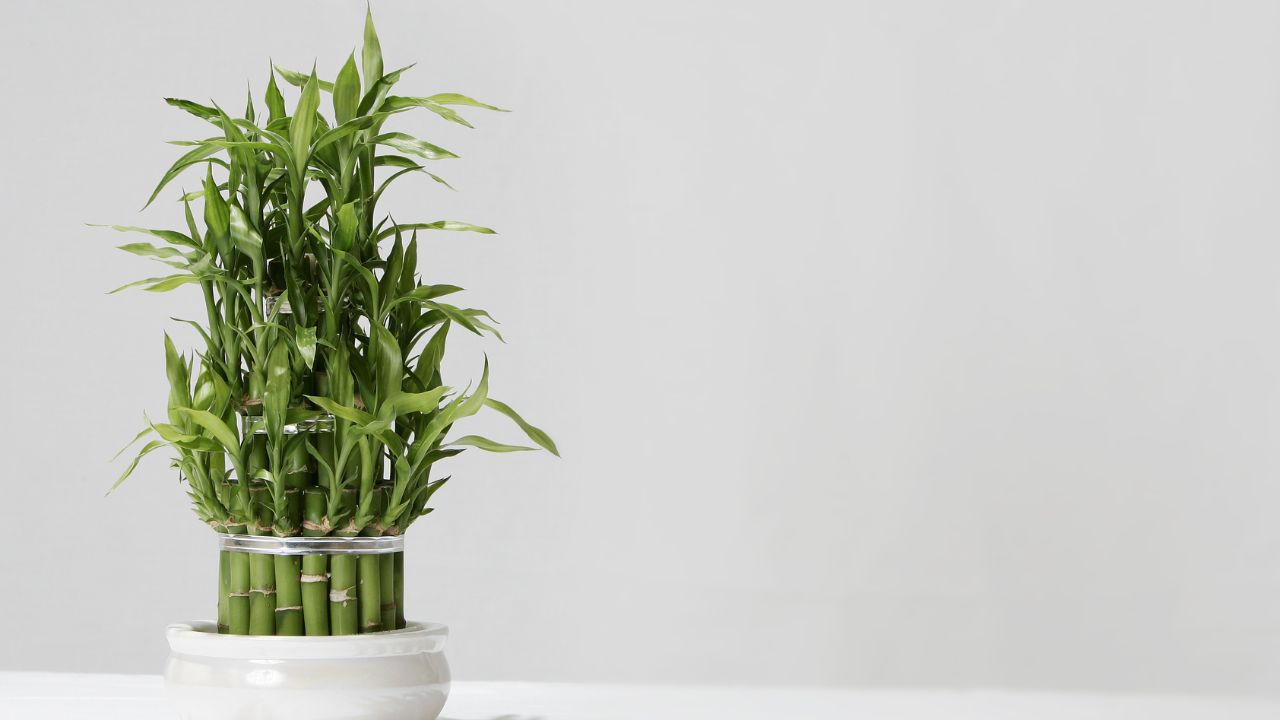
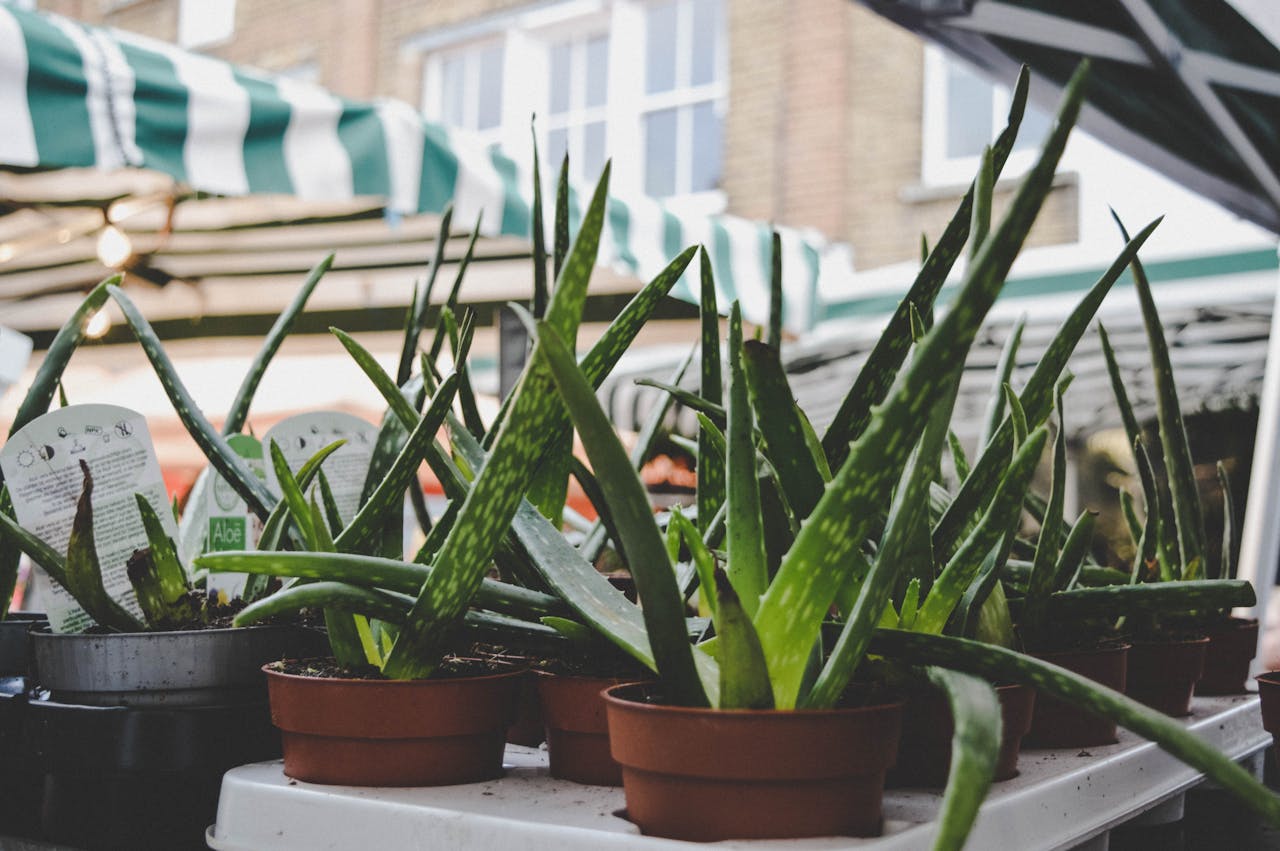
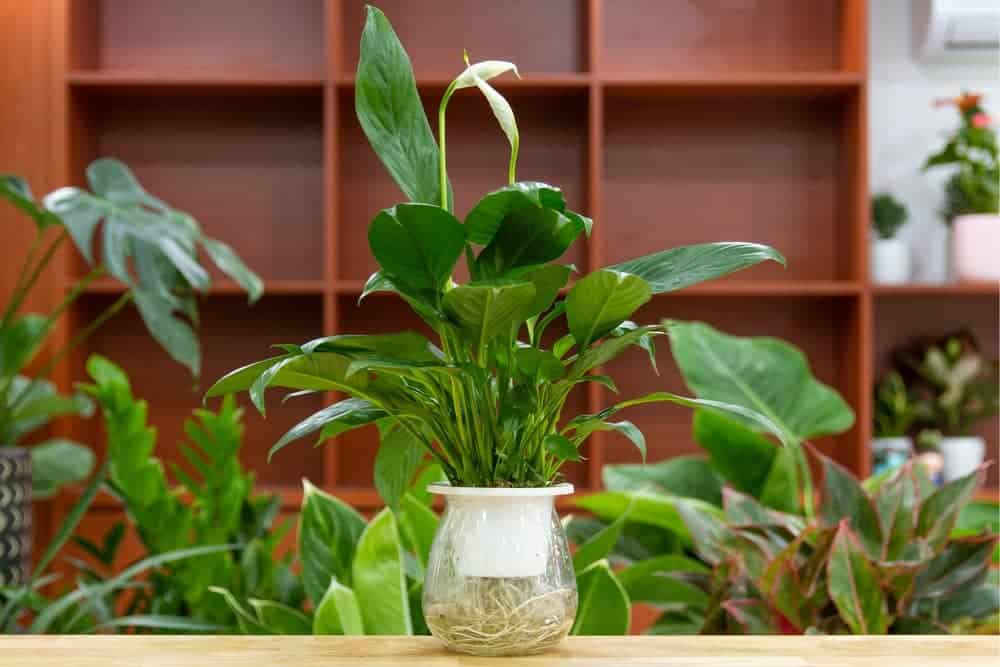
Leave a comment
This site is protected by hCaptcha and the hCaptcha Privacy Policy and Terms of Service apply.